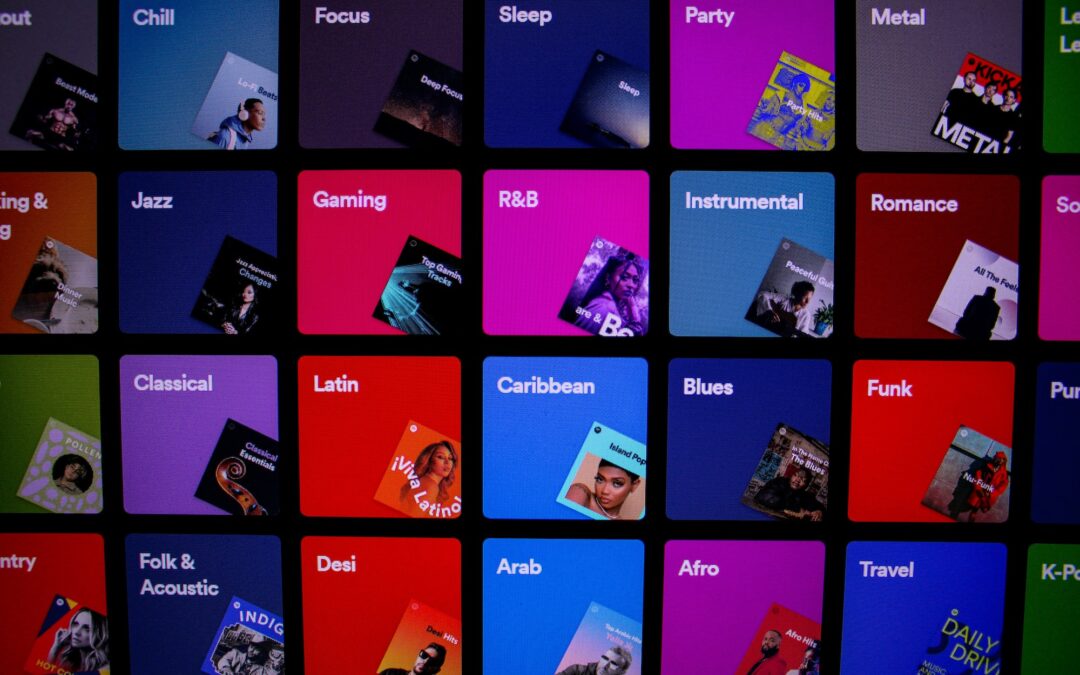In many ways, marketing is a lot like scary movies. Both try to create a spectacle, produce strong emotions and leave the audience with a memorable experience. Another similarity? When they’re bad, they’re really bad.
Some scary movies are big blockbuster hits, but some are so awful they get made fun of for eternity. Marketing is the same way. Even the biggest brands don’t always create The Shining of marketing campaigns. These five scary marketing mishaps will teach you what not to do and keep you from making the marketing version of Ghoulies.
Social Insensitivity
Commenting on social and political issues has been a big trend for brands recently, but sometimes companies miss the mark. In 2017, Pepsi released a controversial commercial with Kendall Jenner. The ad shows Jenner joining a protest in the middle of a photoshoot, walking up to a police officer manning the crowd, and handing him a Pepsi. Just like that, the protest is over.
The problem with Pepsi’s ad is it uses a social issue to sell their product and suggests a soda can solve all the problems facing our world today. There was intense backlash to the commercial on social media, and many accused the brand of trivializing the suffering of real protestors. Taking a stand for social change is commendable, but when it’s done to sell a product, it looks insensitive.
Jumping into Conversations Without Research
Always, always do your research. Without an understanding of what’s happening in the world around you, even something as simple as a hashtag can create controversy.
In 2014, DiGiorno Pizza made the mistake of not searching a hashtag before tweeting it. After a video of Ray Rice punching his then-fiancée went viral, women on Twitter used the hashtag #WhyIStayed to discuss why they stayed in abusive relationships. Not realizing what the hashtag was about, DiGiorno hopped on the trend and tweeted: “#WhyIStayed You had pizza.”
Naturally, many people were furious and offended at the brand for making light of an intense subject. Fortunately, DiGiorno’s team handled the situation well. The brand immediately issuing an apology on Twitter and responded to each individual user who tweeted at them with a personalized message.
Over-Invasiveness
It’s shocking, but true: people don’t always love free stuff. Apple and U2 learned this lesson in 2014 when the two teamed up to release U2’s new album “Songs of Innocence” for free on every single Apple device. The idea was to build up buzz for U2’s upcoming tour and drive more listeners back to iTunes away from up-and-coming streaming services like Spotify.
This plan backfired in a big way. The brands failed to consider how Apple users would feel about the company uploading music to their devices without their permission. Many people were not fans of U2’s music, and others simply didn’t want the album to use up valuable storage space. As a result, Apple was forced to undo all their efforts and launch a tool to help users delete the album from their iTunes library. It’s okay to push the boundaries, but make sure you respect your audience’s privacy.
Living in a Fantasy World
To be successful, your content has to connect with your audience and provide wanted value to their lives. After their big content marketing fail, food and beverage company Nesquik found out that a campaign has to realistically fit into consumers’ lives.
The brand created a marketing campaign and app centered around a new “National Bunny Ears Day.” Unfortunately for them, this was a concept people simply didn’t care about. No one had ever heard of a National Bunny Ears Day, and no one wanted to take the effort to download yet another app. It didn’t help that the app’s main function was applying a chocolate bunny ears filter to photos. Nesquik’s content wasn’t relatable and required way too much effort for such little value in return.
Wrong Message, Wrong Time
Marketing mistakes are never good, but they’re even worse when made on advertising’s biggest night. During the Super Bowl in 2015, Nationwide aired a commercial featuring a young boy who turned out to be dead. The boy explains in detail all the life experiences he won’t have because he died in a car accident.
While Nationwide claimed the ad was meant to spark an important conversation, many Super Bowl viewers thought the ad was inappropriate for the occasion. It was deemed depressing, accusatory, and even called one of the worst Super Bowl commercials ever. In fact, the backlash was so intense that Nationwide, one of the NFL’s biggest sponsors, sat out the Super Bowl entirely the next year. There is a time and place for initiating serious conversations – it’s just not when your audience is happily snacking on buffalo wings with friends.





0 Comments